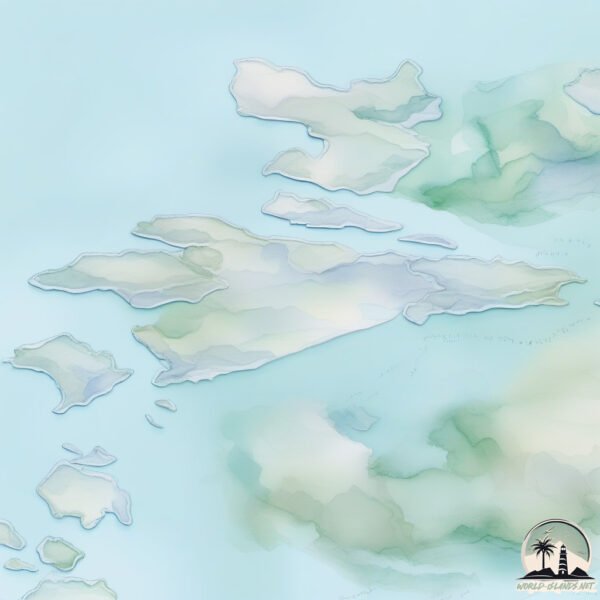Welcome to Bremangerlandet , a Temperate island in the Norwegian Sea, part of the majestic Arctic Ocean. This guide offers a comprehensive overview of what makes Bremangerlandet unique – from its geography and climate to its population, infrastructure, and beyond. Dive into the details:
Geography and size of Bremangerlandet
Size: 150.8 km²Coastline: 139.3 kmOcean: Arctic OceanSea: Norwegian SeaContinent: Europe
Bremangerlandet is a Large Island spanning 151 km² with a coastline of 139 km.
Archipel: –
Tectonic Plate: New Hebrides – A small plate in the southwestern Pacific Ocean, responsible for the New Hebrides Trench and known for its complex interaction with the Australian Plate.
The geographic heart of the island is pinpointed at these coordinates:
Climate and weather of Bremangerlandet
Climate Zone: TemperateClimate Details: Temperate Oceanic ClimateTemperature: Warm Summer
Climate Characteristics: Known for its moderate year-round temperatures with ample rainfall and no dry season. Warm summers are characteristic.
Topography and nature of Bremangerlandet
Timezone: UTC+01:00Timezone places: Europe/ParisMax. Elevation: 814 m Mean Elevation: 325 mVegetation: Herbaceous CoverTree Coverage: 33%
The mean elevation is 325 m. The highest elevation on the island reaches approximately 814 meters above sea level. The island is characterized by Mountains: High, steeply elevated landforms. Characterized by both a high maximum elevation (over 500 meters) and a high mean elevation, creating rugged, mountainous terrains on islands.
Dominating Vegetation: Herbaceous Cover
Vegetation: 11 vegetation zones – Exceptionally Diverse Island
Infrastructure and Travelling to Bremangerlandet
Does the island have a public airport? no .
Does the island have a major port? no .
The mean population of Bremangerlandet is 5 per km². Bremangerlandet is Gently Populated. The island belongs to Norway .
Continuing your journey, Froya is the next notable island, situated merely km away.
Error 403 The request cannot be completed because you have exceeded your
quota . : quotaExceeded
Norway is classified as Developed region: nonG7: Developed economies outside of the Group of Seven, characterized by high income and advanced economic structures. The level of income is High income: OECD.
News – Latest Updates and Headlines from Bremangerlandet
Stay informed with the most recent news and important headlines from Bremangerlandet. Here’s a roundup of the latest developments.
Loading...
Please note: The data used here has been primarily extracted from satellite readings. Deviations from exact values may occur, particularly regarding the height of elevations and population density. Land area and coastline measurements refer to average values at mean high tide.

